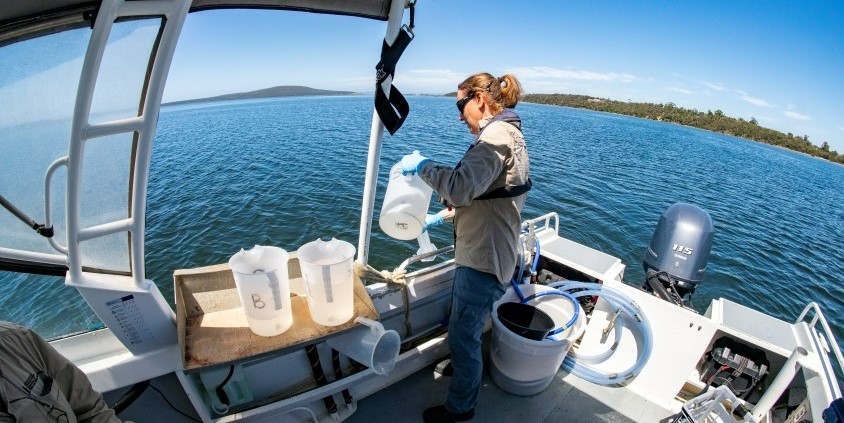Estuaries are dynamic water bodies, influenced both by the marine environment and by freshwater from the catchment. The conditions within estuaries vary both seasonally and diurnally (a result of tide, temperature and sunlight).
The Department of Water and Environmental Regulation has responsibility for water quality monitoring programs in estuaries and catchments throughout the state. In seven south-west estuaries this responsibility is supported by Healthy Estuaries WA and Revitalising Geographe Waterways.
Parameters which are typically measured include salinity, temperature, light, dissolved oxygen, nutrients and chlorophyll a. These parameters help monitor natural phenomena such as stratification and tidal flushing, as well as impacts caused by human activities and from land use in the catchment. The sites and the frequency that these measurements are taken vary depending on the estuary, local pressures and reporting requirements.
A particular problem, such as a phytoplankton bloom for example, may require water quality in the estuary to be monitored more regularly over the duration of the bloom.
Water quality data is a critical component of estuary management and has contributed to our outputs and achievements, which include:
- estuary condition reports, such as the Leschenault Estuary (Derbal Elaap): Condition of the estuary 2016-19
- estuary water quality improvement plans
- estuary management plans, including the Bindjareb Djilba Protection Plan
- the development of water quality indicators
- monitoring and reporting on the effectiveness of intervention technologies (e.g. oxygenation and other innovative remediation).



